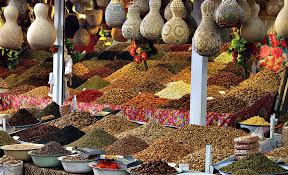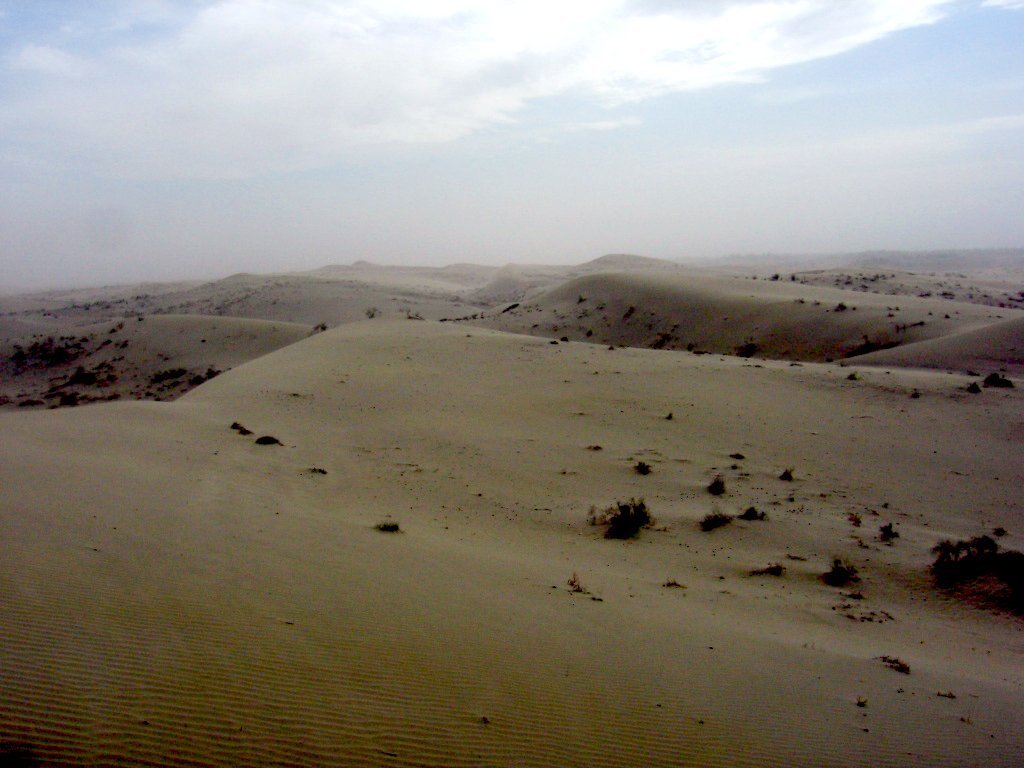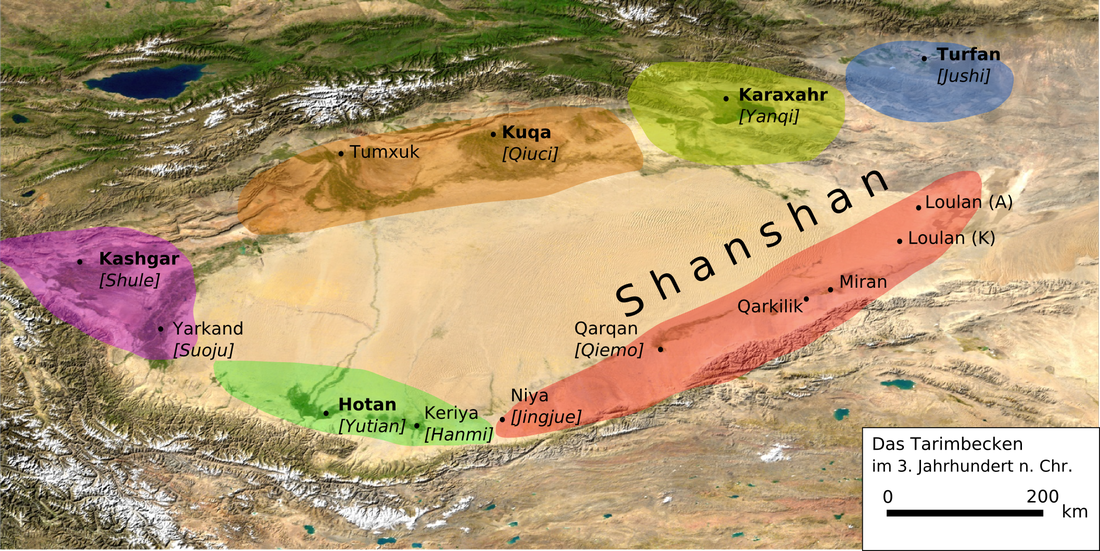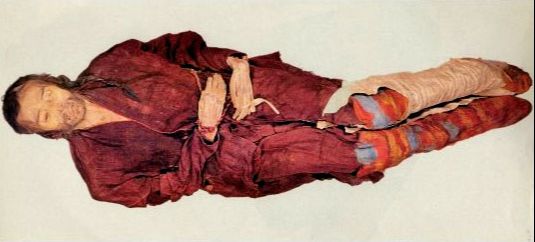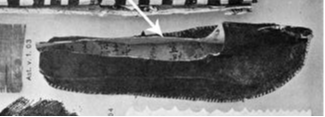If you've attended one of my classes, then you know that I'm the tiniest bit obsessed with the Taklamakan Desert. Taklamakan means "he who goes in doesn't come out again" and they weren't kidding. It's one of the harshest environments on earth and yet humans beings have not just subsisted here, but built multiple kingdoms and civilizations.
Religious texts hidden in sacred caves carved into cliffs have survived in incredible numbers. Not just the Buddhist texts, but Zoarastrian, Manichean, Jewish and Christian.
A lot of these documents were written on things we wouldn't normally think of. In addition to paper and animal skins, they used willow sticks and bamboo and small rectangles of wood with a wooden cover that slides over it to protect the writing. The other interesting bit is that in the early days of the Silk Road trade, paper was rare and expensive. It was used to record the size and destination of caravans, as well as lawsuits and contracts and religious text. But then, because it was rare and expensive, the used paper was re-purposed for funerary garments. So there are gaps in individual texts because they were cut apart and sewn into shirts or shoes and archaeologists have to remove them from the body and remove the seams, lay it flat and try to make sense of it.
